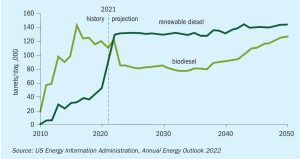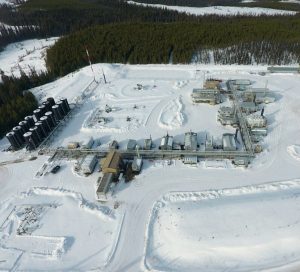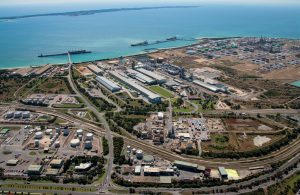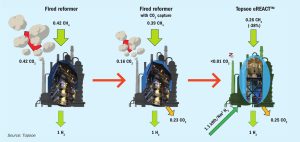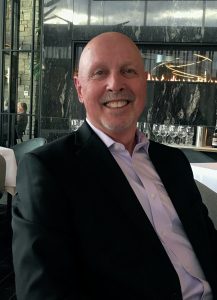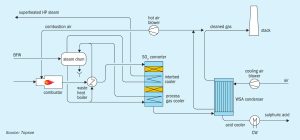
When digitalisation meets reality
In 2019 Topsoe launched its ClearView™ technology for WSA and SNOx sulphuric acid plants. ClearView™ is a revolutionary process health monitoring software solution to help sulphuric acid plant operators ensure plants run better, more stable and with less downtime. Now, three years later, ClearView™ has been successfully implemented at two WSA plants and several other chemical plants of Topsoe’s design, with many others in the pipeline. This article focuses on the results and learnings from the first implementation of ClearView™ at a new WSA plant at Anglo American Platinum’s Polokwane smelter in South Africa.


